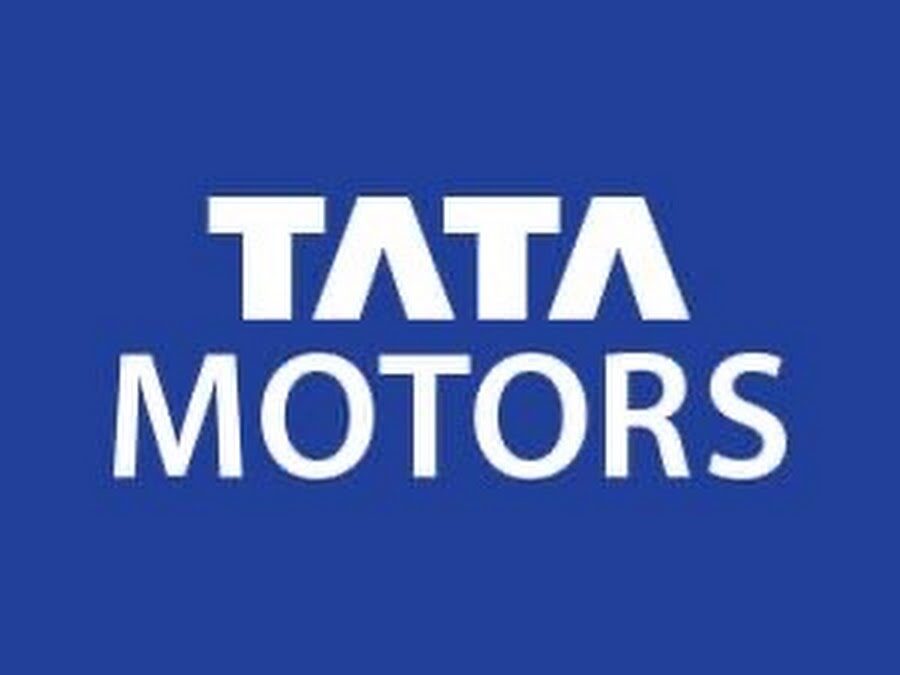
by aryanmehra32 | Jun 11, 2025 | cultural and social event
Planning your dream wedding starts with finding the perfect venue — a place that brings your vision to life and creates lasting memories. If you’re searching for the best wedding venues in Delhi NCR, you’re in the right place. With countless options ranging from lavish banquet halls to serene farmhouses, Delhi offers a vibrant mix of traditional charm and modern elegance. And with VenueLook, discovering the ideal venue becomes effortless.
Why Choose Wedding Venues in Delhi?
Delhi is not just the capital of India; it’s the capital of grand celebrations. From royal-style weddings to intimate gatherings, the city caters to every taste and budget. The wedding venues in Delhi are known for their diverse themes, excellent hospitality, and convenient connectivity — ideal for local and destination weddings alike.
Whether you’re planning a big fat Indian wedding or a minimal ceremony, Delhi has it all:
-
Luxury hotels and 5-star resorts
-
Beautiful banquet halls
-
Rustic farmhouses
-
Rooftop and poolside venues
-
Garden lawns and heritage locations
Best Wedding Venues in Delhi NCR to Explore
With so many venues spread across Delhi NCR (Gurgaon, Noida, Faridabad, and Ghaziabad), it can be overwhelming to make a choice. That’s where VenueLook comes in. Our platform curates the best wedding venues in Delhi NCR, filtered by your preferences such as budget, capacity, location, and theme.
Some popular choices include:
-
The Leela Palace, Chanakyapuri – Perfect for luxurious weddings with royal vibes.
-
Amaara Farms, Chattarpur – A beautiful open-air venue with modern amenities.
-
Jaypee Greens Golf and Spa Resort, Greater Noida – Ideal for destination-style weddings.
-
Orana Conventions, Kapashera – Great for large-scale functions and multiple ceremonies.
-
The Ritz by Ferns N Petals, Gurgaon – A lavish venue for themed decor and grand celebrations.
Each venue listed on VenueLook comes with verified details, real photos, and user reviews to help you book with confidence.
Why Book Through VenueLook?
VenueLook simplifies wedding planning by offering:
-
1000+ curated wedding venues in Delhi NCR
-
Easy filters based on location, pricing, and guest count
-
Transparent pricing and direct communication with venue managers
-
End-to-end support, from inquiry to booking
-
Deals and discounts exclusive to VenueLook users
Our expert team is always ready to guide you in selecting the best venue as per your vision and budget.
Tips for Booking the Best Wedding Venue in Delhi NCR
-
Book early – Popular wedding dates fill up fast, especially in peak season.
-
Set your budget – Knowing your budget narrows down options effectively.
-
Visit the venue – Before finalizing, do a physical or virtual tour via VenueLook.
-
Check for amenities – Parking, in-house catering, décor flexibility, etc.
-
Ask about backup plans – Especially important for outdoor weddings.
Final Thoughts
Finding the right venue is the foundation of your dream wedding. Let VenueLook be your trusted partner in the journey. With a wide range of hand-picked wedding venues in Delhi and the best wedding venues in Delhi NCR, your search ends here.
Start exploring today at venuelook and make your special day truly unforgettable.

by aryanmehra32 | Jun 11, 2025 | E-commerce
For the beginners on the block of equity markets, stock analysis of past and present performance serves to kick-start the evaluation process. Tata Motors, being a prime company in the automotive market of India, becomes the cynosure of these new investors to its situation and movement in share performance.
Basics: Tata Motors and Stock Movement
Tata Motors belongs to the Tata Group and is in commercial and passenger vehicles. Its shares are listed on the National Stock Exchange (NSE) and Bombay Stock Exchange (BSE). Like any public company, Tata Motors’ share price is influenced by numerous internal and external elements: earnings reported every quarter, launches of new products, trends in automotive industries worldwide, and other global macroeconomic indicators such as interest rates and fuel prices.
Step 1: Open a Demat Account
The process of opening demat accounts consists of the following:
Due diligence on Depository Participant (DP) – All banks, stockbrokers, or online sites may act as DPs.
Complete KYC Requirements – Provide identification proof and address proof stating the Aadhaar card, PAN card, and a passport-size photo.
Linkage with Trading Account – This is to allow for actual execution of necessary transactions in the stock market.
Your Client ID should be sent to you now. This is an identification number that you will then use for every transaction in the future.
Many brokers today allow fully online demat account opening and may activate by the end of 24-48 hours.
Step 2: Observe Tata Motors Share Price and Volume
Once you have opened your Demat account, start the observation of the historical and real-time performance of Tata Motors share price. This price data is available on financial news portals, stock exchanges, and broker dashboards.
Look for:
Daily High and Low- Understand intraday volatility.
52-Week High and Low- Understand whether the stock is trading near its highest peak price or price at its lowest.
Volume Trends- Increasing activity in volume can be attributed to investor sentiment or activity due to some news.
Moving averages (these could be 50-day or 200-day) give a perspective of price action in relation to time.
Step 3: Look up Financials and Earnings Statements
Going over the financial performance of a company is very important. Tata Motors releases quarterly and yearly statements, including the following listed items:
Revenue and Net Profit/Loss (these indicate the health of the business).
Earnings Per Share (EPS-this indicates the proportion of profit assigned to each share).
Debt Levels-High debt may hamper cash flow and further growth.
Step 4: Investigation of Macro-Market and Industry Trends
The market trends impacting Tata Motors are generally of domestic and foreign nature in tandem with the road ahead. Look for some of the following factors:
Raw Material Costs- Prices for steel, rubber, and energy directly hit production costs.
Interest Rate and Consumer Demand- They determine vehicle sales, particularly in the passenger category.
Government Policies- EVs incentives, emission regulations, and infrastructure projects drive demand.
Step 5: Compare To Others in The Industry
Some key comparisons should include the relative performance of Tata Motors against other automotive companies like Mahindra & Mahindra or Maruti Suzuki. Key parameters to consider are:
Price-to-Earnings Ratio
Debt-to-Equity Ratio
Return on Equity.
This ultimately gives you a feel for the performance of Tata Motors on profitability, efficiency, and valuation.
Step 6: Keep Updated with News and Analyst Reports
The development of news can give insight into some of the short-term share price movements. There are some events where sentiment is formed through product launches, management changes, global partnerships, and economic events.
Target prices and the outlook formed in-house by broker analyst reports may help in forming your own judgement. Just be sure to find opinions from multiple sources instead of blindly taking a single viewpoint.
Step 7: Goal Setting and Keeping a Level Head
Now when we refer to first-time investors, we would mean that the entire investment should have a long-term view. Set conspicuous financial goals and do not act on the tips of the moment. The share price of Tata Motors may very well fluctuate due to several short-term events, but in the long run, it is always the business fundamentals that sway.
Avoid being the stubborn buyer or seller. Instead, review your investment thesis based on periodic consideration and through updates on the company’s performance throughout the year.
Conclusion
A thorough analysis of Tata Motors’ share performance entails a little technical analysis and a lot of fundamental analysis. Newer investors will develop a systematic approach that will encompass looking at their price trends, financials, and developments occurring in the industry.


